A 404(a)(5) fee disclosure is a requirement under the Employee Retirement Income Security Act (ERISA) that mandates plan administrators of defined contribution retirement plans, such as 401(k) plans, to provide participants with detailed information about the fees and expenses associated with their accounts. This disclosure is intended to help participants make informed decisions about their investments and understand the costs associated with their retirement plan. Here are the key aspects of the 404(a)(5) fee disclosure:
Key Components
General Plan Information:
Investment Options: A description of the investment options available under the plan, including information on how to provide investment instructions.
Account Restrictions: Any restrictions on the ability to transfer assets in or out of the plan or among investment options.
Administrative Fees and Expenses:
Details of any fees and expenses that may be charged to the participant's account for general plan administrative services, such as recordkeeping, legal, and accounting services.
These fees might be charged as a flat fee or as a percentage of the account balance.
Individual Fees and Expenses:
Specific fees that may be charged directly to a participant’s account based on their individual actions, such as loan processing fees, withdrawal fees, or fees for investment advice.
Investment-Related Information:
Performance Data: Historical performance of the investment options, typically presented in 1-, 5-, and 10-year returns.
Benchmark Comparisons: Performance comparisons to an appropriate benchmark index to help participants gauge the relative performance of their investment choices.
Fees and Expenses: Detailed information on the fees and expenses associated with each investment option, including expense ratios, sales charges, and other costs that can impact returns.
Glossary of Terms: A glossary to help participants understand key terms related to investments and fees.
Disclosure Requirements
Initial Disclosure:
Plan administrators must provide participants with an initial disclosure of the plan's fees and expenses, including the detailed information described above.
Annual Disclosure:
Participants must receive an updated disclosure of the fees and expenses at least once per year.
Quarterly Statements:
Participants must also receive quarterly statements that include the dollar amount of plan-related fees and expenses actually charged to their accounts during the preceding quarter, along with a description of the services for which the charges were assessed.
Purpose and Benefits
Transparency:
The 404(a)(5) fee disclosure ensures transparency by providing participants with clear and detailed information about the costs associated with their retirement plan investments.
Informed Decision-Making:
By understanding the fees and expenses, participants can make more informed decisions about how to allocate their investments and manage their accounts.
Cost Awareness:
Increased awareness of fees can lead to better cost management and potentially higher net returns on retirement savings.
Compliance:
Ensures that plan administrators comply with ERISA requirements, reducing the risk of fiduciary breaches and potential penalties.
Summary
The 404(a)(5) fee disclosure is a crucial component of ERISA regulations aimed at protecting retirement plan participants by ensuring they have access to detailed and transparent information about the fees and expenses associated with their retirement plans. This disclosure helps participants understand the costs, compare investment options, and make more informed decisions to optimize their retirement savings.


